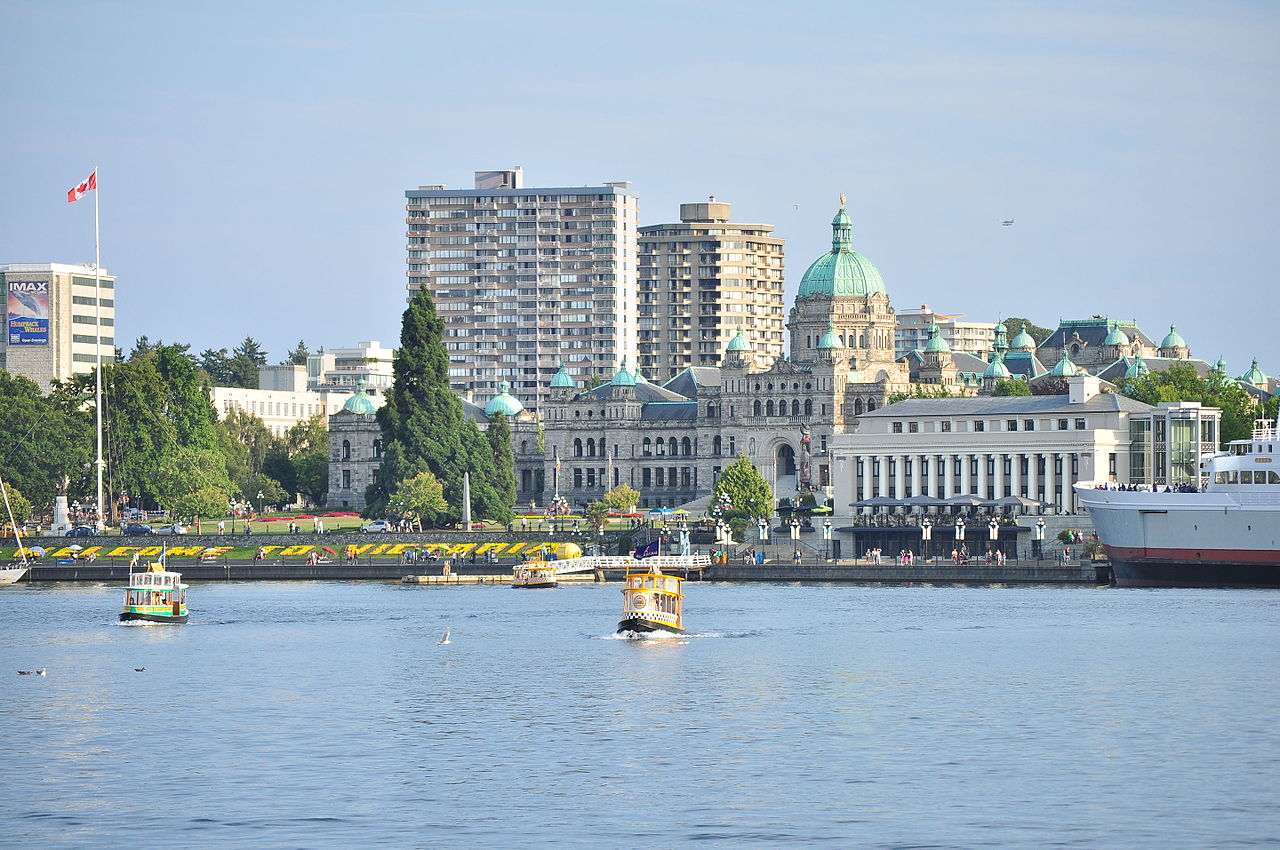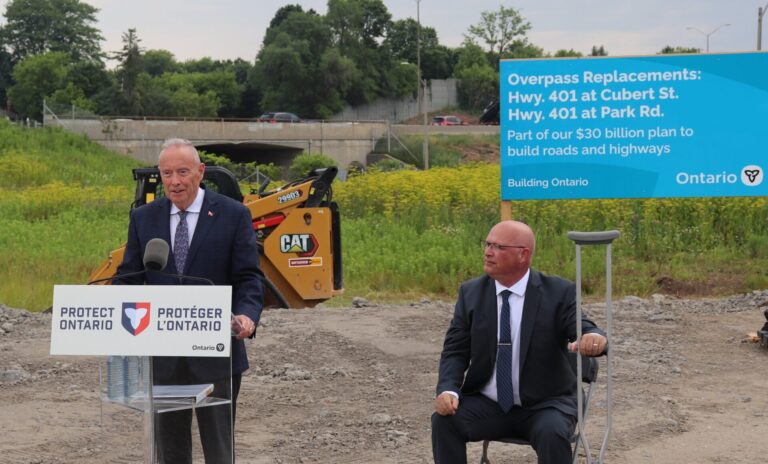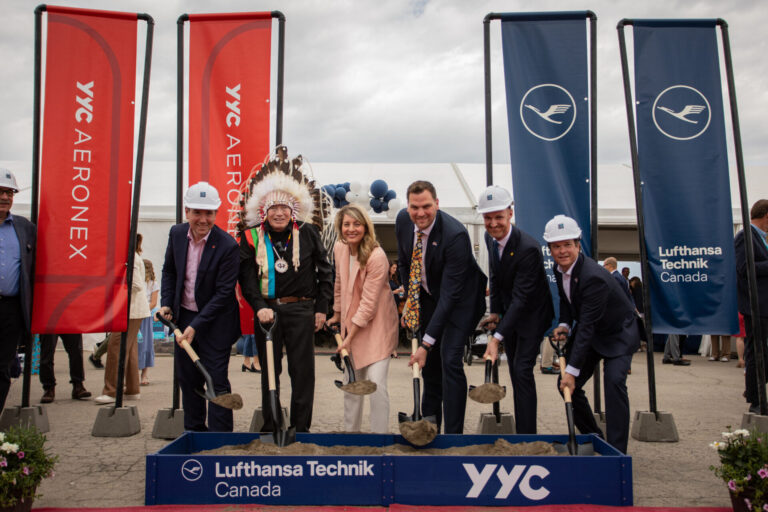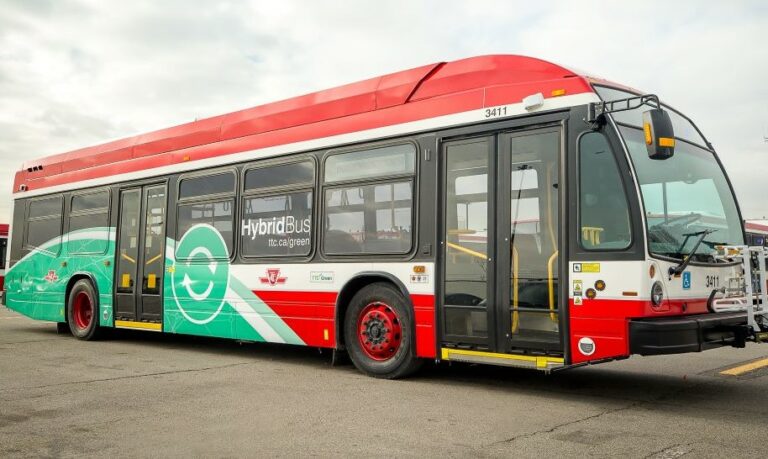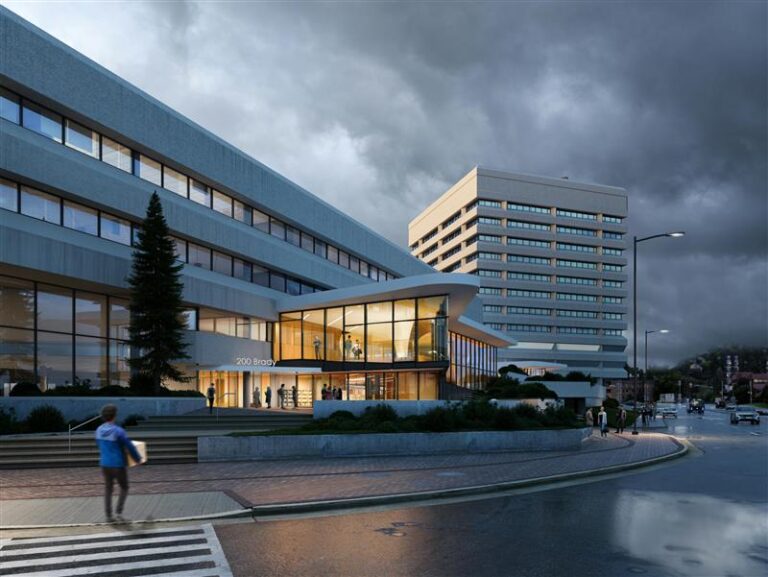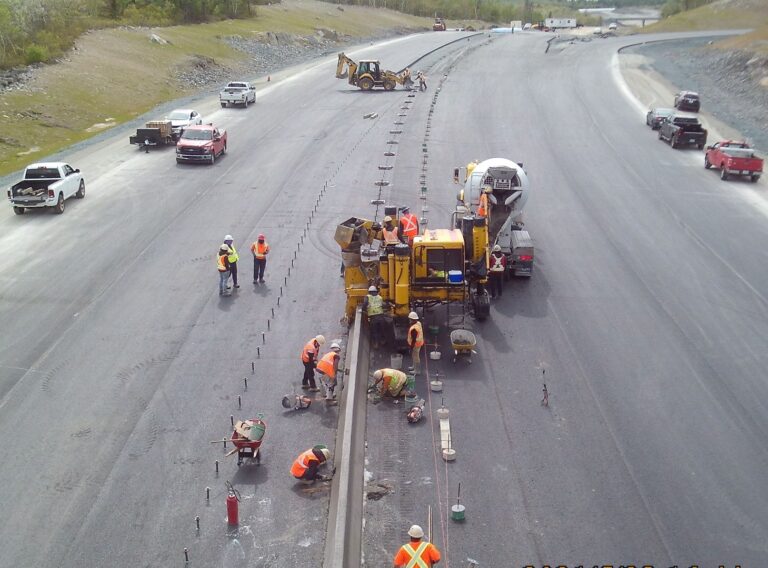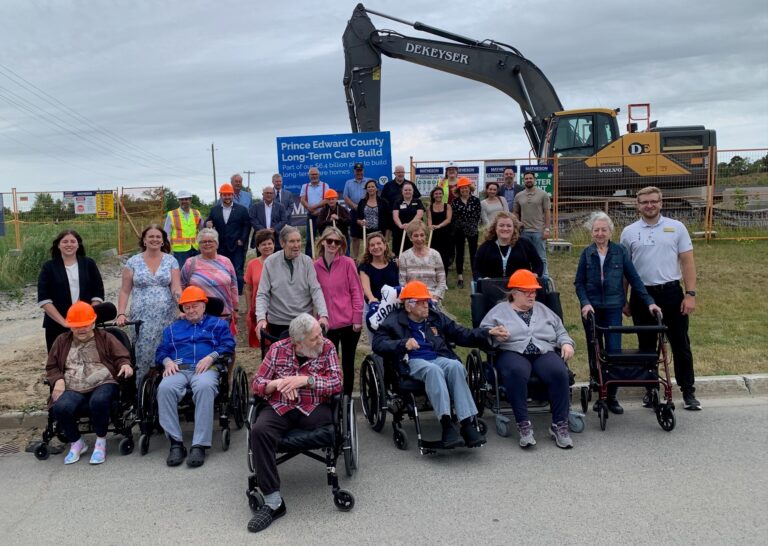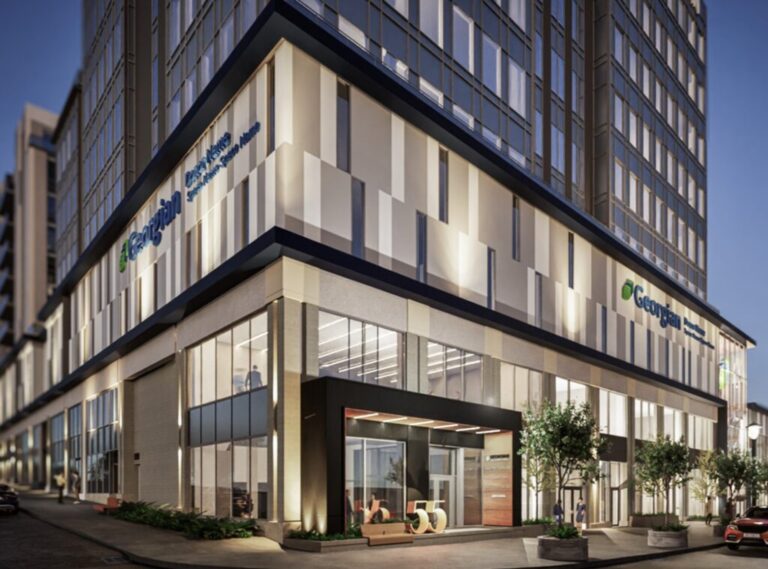The South Island Transportation Strategy has been released, laying the groundwork for future improvements to the ways people get around on southern Vancouver Island.
“This strategy identifies opportunities to improve and integrate existing transportation networks and connections, so people and goods can move more efficiently throughout southern Vancouver Island,” said Claire Trevena, Minister of Transportation and Infrastructure. “We’ll be working with partners to close gaps in the local networks so it’s easier for people to take transit and choose active transportation options.”
Of the more than one million trips taken daily by people in the capital region, almost 70% are either as a vehicle driver or passenger. To reduce vehicle dependency and support the Province’s CleanBC goals, the strategy builds on work done in some areas across the south island and weaves together new thinking to identify ways to expand transportation options for people. This planning is important today, as the population of southern Vancouver Island is expected to increase by more than 23% in the next two decades.
Colin Plant, Capital Regional District board chair, thanked the Province for the collaboration and the acknowledgment of the Regional Transportation Plan. “The strategy is a good start, and I look forward to working together on implementing the medium- and longer-term strategies,” said Plant. “We are particularly interested in advancing active transportation and in investments that tie affordable housing to connected mobility corridors.”
The South Island Transportation Strategy focuses on improvements to transit and active transportation. Advancing these priorities requires partnerships with Indigenous, local and regional governments and BC Transit.
“Congestion continues to be a challenge in getting people moving in Greater Victoria and throughout the south island,” said Erinn Pinkerton, president and chief executive officer, BC Transit. “I am pleased to see a focus on public transportation in the South Island Transportation Strategy as a transportation solution people can rely on that is better for the environment while reducing congestion.”
The Ministry of Transportation and Infrastructure will be working with partners to support the implementation of identified short-, medium- and long-term improvements, including:
- more electric vehicle charging stations strategically located in the region;
- bike lockers at key community locations;
- developing new park and ride stalls in the Capital Regional District (CRD) and Cowichan Valley Regional District (CVRD);
- encouraging the growth of inter-regional trails in the CRD and CVRD;
- the addition of bus lanes on the Old Island Highway; and
- improvements to transit stops serving Indigenous communities.
“We’re thankful for the engagement and consultation of the Ministry of Transportation and Infrastructure in the development of this important plan,” said Aaron Stone, chair, Cowichan Valley Regional District. “A strong transportation system for the south island will have a great impact in addressing important climate action and social-equity objectives for our region. Moving forward, we will continue working closely with the ministry, BC Transit and other stakeholders to meet our transportation needs today and into the future.”
Each of the identified priorities supports the goals of the strategy: to ensure sustainable options for a variety of travel modes, to strengthen connections between travel modes and improve connections between communities, to improve the safety and reliability of the transportation network and to support and encourage active transportation options.
While work on the strategy gets underway with partners at the community level, the ministry will continue to improve the safety and reliability of provincial highway infrastructure on southern Vancouver Island.
The ministry is committed to continued investments in active transportation improvements as part of current and future provincial highway improvement projects to ensure roads, bridges and interchanges are designed and built with the safety and convenience of people walking, cycling and wheeling in mind.
Work is advancing on the proposed Highway 17/Keating Cross Road flyover project. The Leigh Road/Highway 1 Four-Laning and Median Barrier Project is well underway, and improvements to Highway 14 near Sooke are under construction.
For an immediate, positive impact to transit, the ministry is looking at adding transit queue jumper lanes along the Highway 17 corridor. As a medium-term improvement, the ministry will look at expansion of transit priority lanes on Highway 1 toward the western communities, building on the success of the 4.4-kilometre bus lane corridor along Highway 1/Douglas Street.
By bringing transportation, regional growth planning and land use together, some of the region’s anticipated growth can be better distributed. By integrating park and ride facilities and bike and pedestrian trails with transit service at regional hubs, it means outlying, less expensive areas of the region become more accessible, making for more affordable housing options.
Read the South Island Transportation Strategy and supporting technical documents online: https://www2.gov.bc.ca/gov/content/transportation/transportation-reports-and-reference/reports-studies/vancouver-island/south-island-transportation-strategy

